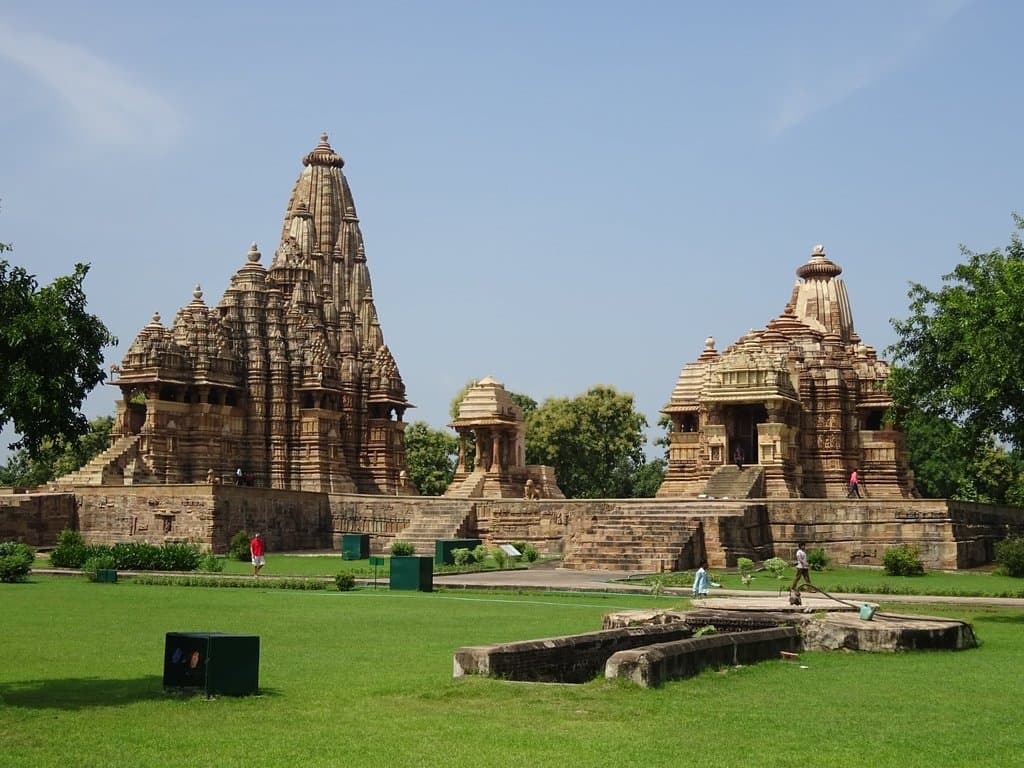
Lakshmana Temple Khajuraho
A 10th-century masterpiece of Chandela architecture, famed for its intricate sandstone carvings and unique Vaikuntha Vishnu idol.
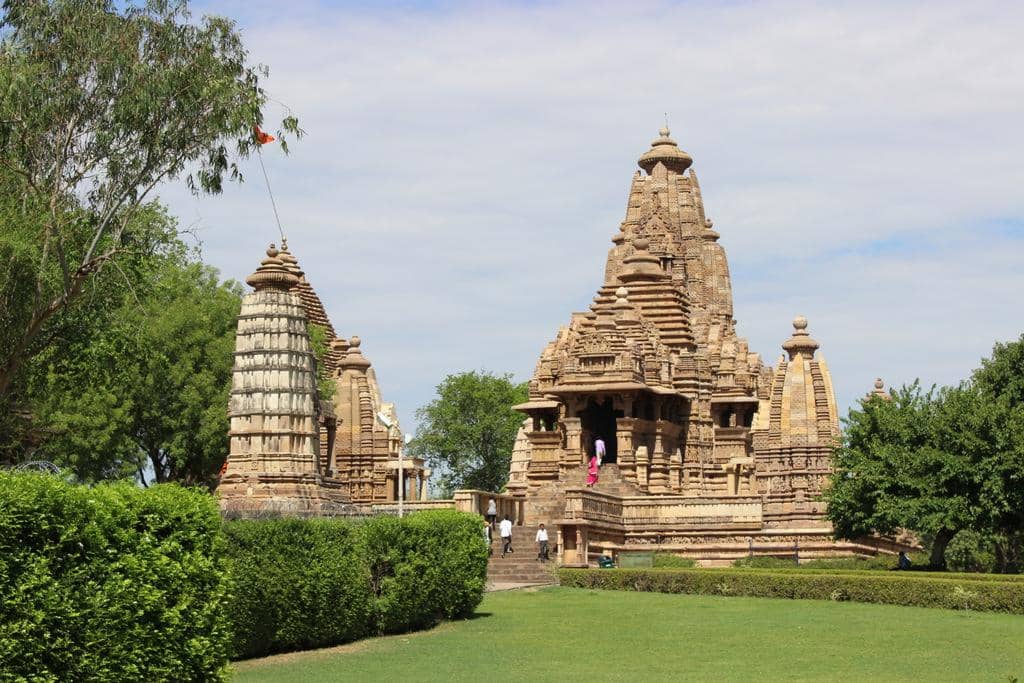
Highlights
Must-see attractions
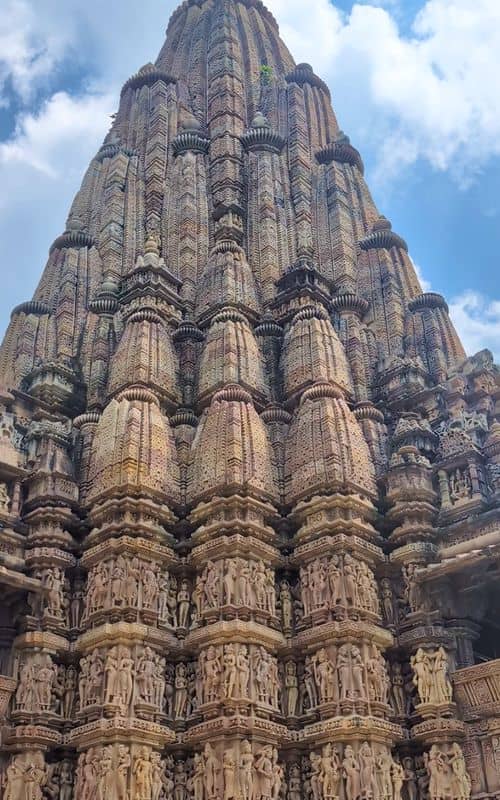
Social
From TikTok & Reddit
Best Time
Beat the heat and crowds

Lakshmana Temple Khajuraho
Best Time
Beat the heat and crowds

Highlights
Must-see attractions
A 10th-century masterpiece of Chandela architecture, famed for its intricate sandstone carvings and unique Vaikuntha Vishnu idol.
"The detail in the stone carvings is breathtaking; a testament to ancient Indian skill."
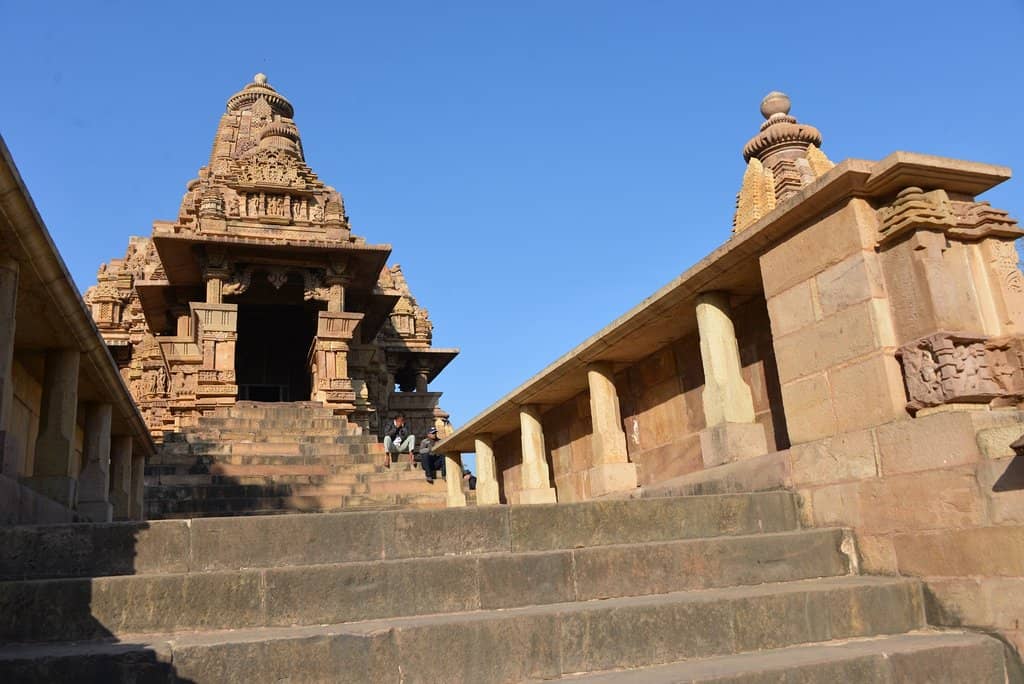
Hire a Local Guide
Unlock the stories behind the carvings. Guides enhance understanding of history and mythology. :bustsinsilhouette:
Wear Comfortable Shoes
You'll be doing a lot of walking and exploring the temple grounds. :athletic_shoe:
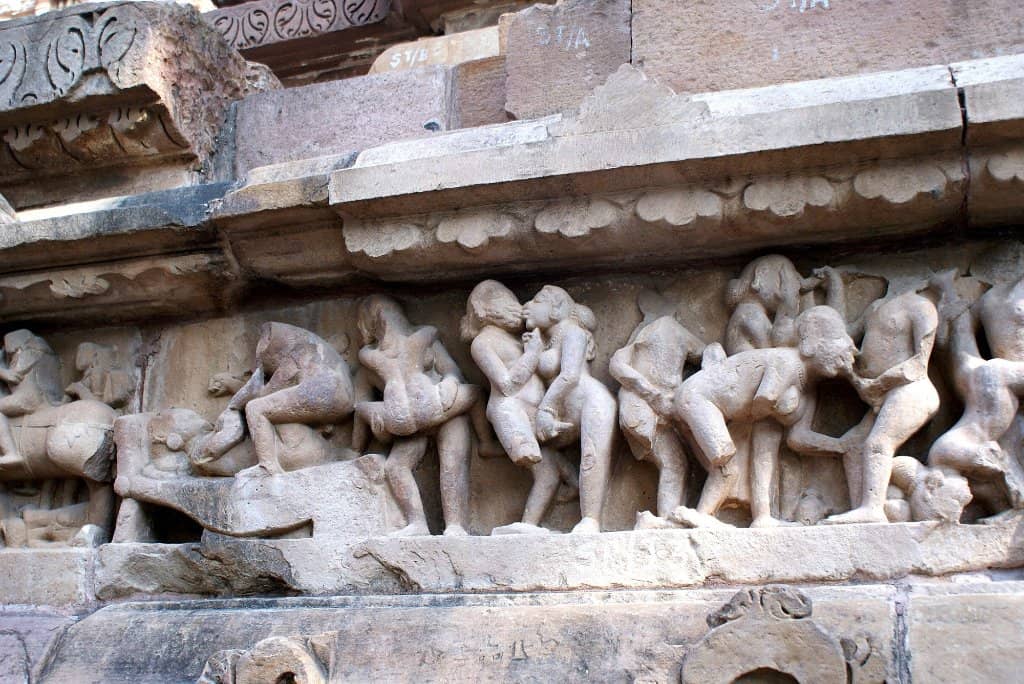
Highlights
Discover the most iconic attractions and experiences
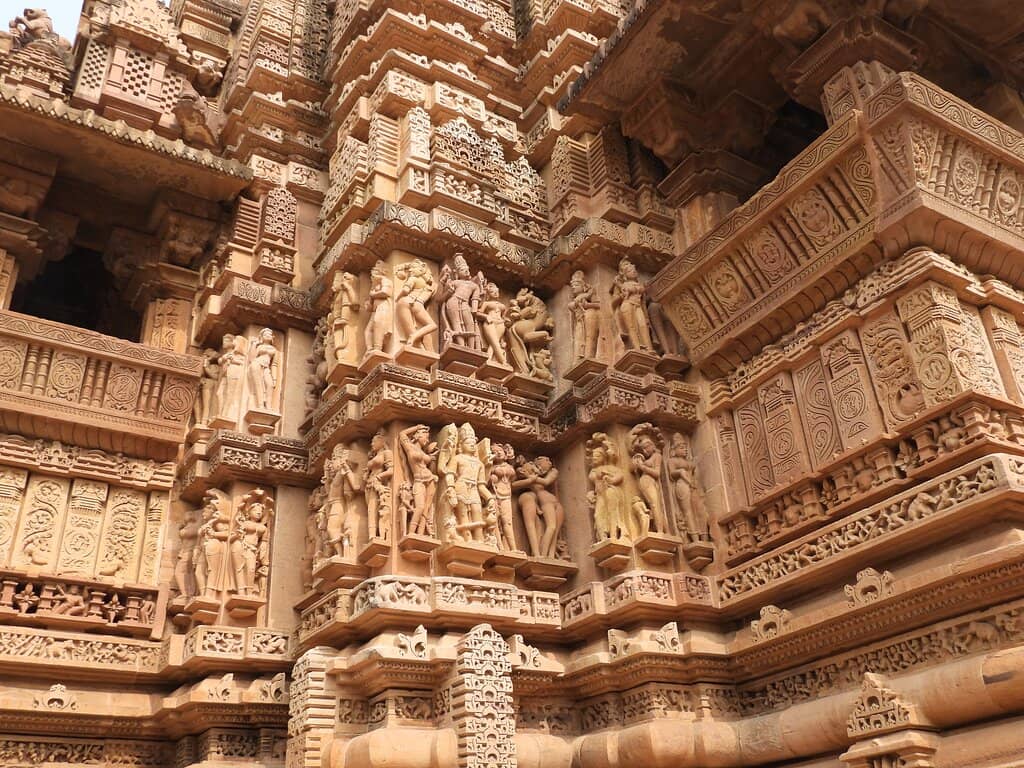
Intricate Wall Sculptures
Exterior Walls
Breathtaking panels of gods, goddesses, Apsaras, and daily life scenes carved in sandstone.
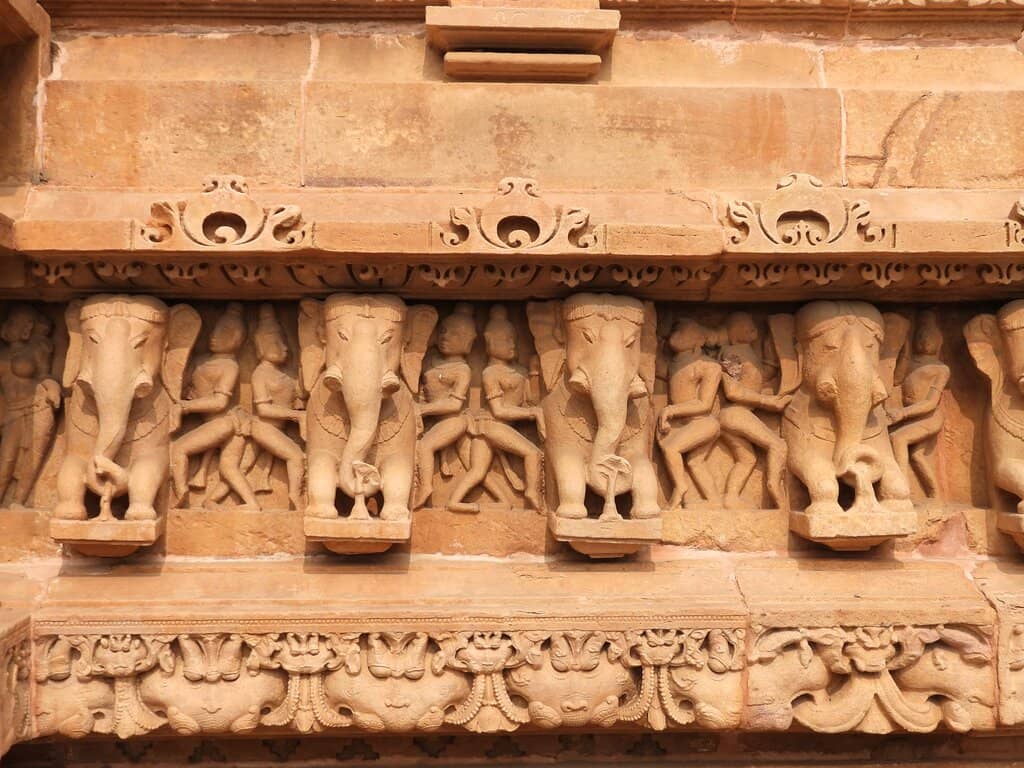
Vaikuntha Vishnu Deity
Sanctum
A unique three-headed, four-armed image of Vishnu as Vaikuntha, a must-see within the main shrine.
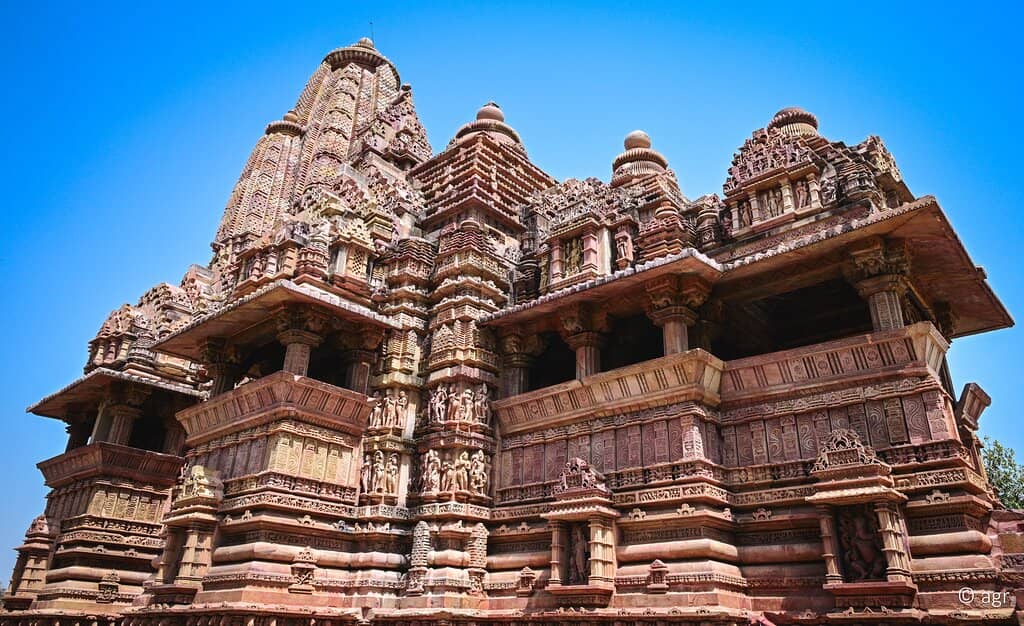
Processional Friezes
Base Platform
Detailed carvings depicting battles, hunting scenes, and processions, offering a glimpse into ancient life.
Plans like a pro.
Thinks like you
Planning Your Visit
Timing is Key for Temple Exploration
Embrace the Details with a Guide
Best Times
Insider Tips
from TikTok, Instagram & Reddit
Hire a Local Guide
Unlock the stories behind the carvings. Guides enhance understanding of history and mythology. :bustsinsilhouette:
Wear Comfortable Shoes
You'll be doing a lot of walking and exploring the temple grounds. :athletic_shoe:
Visit the Varaha Temple
Located opposite, this temple features a massive, intricately carved Varaha statue. :pig2:
Capture the Details
The sandstone carvings are incredibly detailed. Take your time to photograph the smaller elements. :camerawithflash:
Tips
from all over the internet
Hire a Local Guide
Unlock the stories behind the carvings. Guides enhance understanding of history and mythology. :bustsinsilhouette:
Wear Comfortable Shoes
You'll be doing a lot of walking and exploring the temple grounds. :athletic_shoe:
Visit the Varaha Temple
Located opposite, this temple features a massive, intricately carved Varaha statue. :pig2:
Capture the Details
The sandstone carvings are incredibly detailed. Take your time to photograph the smaller elements. :camerawithflash:
Respect the Sacred Site
Remember this is a place of worship. Dress modestly and be mindful of your surroundings. :pray:
What Travellers Say
Reviews Summary
Visitors consistently praise the Lakshmana Temple as an architectural masterpiece, highlighting the breathtaking detail of its sandstone carvings and the unique Vaikuntha Vishnu idol. Many recommend hiring a guide to fully appreciate the historical and mythological narratives depicted. While the artistry is universally admired, some find the sheer volume of detail overwhelming without expert interpretation.
""The Lakshmana Temple in Khajuraho is an absolute masterpiece of Chandela architecture. The detail in the stone carvings, from the friezes on the high platform (depicting daily life and battles) to the exquisite panels of gods, goddesses, and Apsaras on the exterior walls, is breathtaking. Don't miss the sculpture of Vaikuntha Vishnu inside the main sanctum. The preservation is remarkable and the sheer artistry is a testament to ancient Indian skill. Highly recommend hiring a guide to appreciate the stories behind the sculptures.""
Akshay Koshti
"1100 year old temple built by Chandela kings. Feast to eyes. Awesome.with all the technical advancements we can't build a replica of this grand structure. Design , verification,validation, project management, execution all need credit. Really a must see. Taj Mahal is over hyped. Try this and compare."
Srinivas Rao Y (Rambler)
"Lakshmana Temple
This Lakshmana Temple is dedicated to the Vaikuntha form of Maha Vishnu. So called after Lakshavarman, the king who constructed the temple. The sanctum enshrines a three-headed and four-armed image of Vishnu as Vaikuntha with a human central head and the side-heads of boar and lion (Rajoguni, Varaha and Narasimha). Vishnu’s ten avatars and fourteen out of twenty four forms of Vishnu are also represented around the Vishnu Deity’s image.
ARCHITECTURE
This is the earliest best preserved temple of the mature Chandella architecture. The temple stands on a high platform and retains the powerful processional friezes. It is a Sandhara temple of the Panchayatana variety and consists of principal elements of a developed temple viz. mukha-mandapa (entrance porch), mandapa, and maha-mandapa with transepts. Antarala and grabha-griha enclosed by an inner ambulatory with transepts on the sides and rear. Unlike other temples. its sanctum is pancharatha on plan and its main sikhara is clustered with minor sikharas. The wall portion of the temple is studded with balconied windows having ornate balustrades. The jangha portion is decorated with two bands of graceful sculptures, which includes the divine figures, couples and erotic scenes adorning the wall surfaces. The sanctum doorway is of saptasakhas. The central one is decorated with various incarnations of Vishnu. The lintel depicts Lakshmi in the centre flanked by Brahma and Shiva. The upper lintel frieze shows the Navagrahas in niches. with a huge image of Rahu. The sanctum enshrines a three-headed and four-armed image of Vishnu as Vaikuntha with a human central head and the side-heads of boar and lion.
The base platform depicts hunting scenes, soldiers armed with a wide variety of weapons, processions of elephants and horses, erotic images and other representations of domestic life. This is the only temple where the four subsidiary shrines stand intact and the only one to have such wonderfully preserved sculptures along the platform facades. Finest examples of medieval art adorn the walls of this temple with the apsaras and surasundaris, dancing, playing musical Instruments, adorning or attending to deities, the mithunas and the gods and goddesses like the dancing Ganesha are among the finest.
The pillared hall leads to the Sanctum Sanctorum, whose doorway is richly carved with sculptures. The Circummambulation path/pradakshina has finely carved sculptures portraying scenes from the life of Krishna, the eighth avatar of Vishnu.
HISTORY AND INSCRIPTIONS
King Yasovarman (930 – 950 CE) was a Chandela Dynasty military genius. The Khajuraho records prove with an unchallenged authority over the whole of northern India from Ganga Yamuna doab to Dakhina Koshal. He was obtained the Vaikuntha image from Pratihara king Devapala. He constructured the Lakshman temple (dedicated to Vishnu) and installed Vaikuntha Vishnu image in it."
Veludharan
What People Like
What People Dislike
Frequently Asked Questions
🚇 🗺️ Getting There
Khajuraho is accessible by air, rail, and road. The nearest airport is Khajuraho Airport (HJR), with flights from Delhi and Varanasi. The Khajuraho railway station connects to major cities. Buses and taxis are readily available from nearby towns and cities like Jhansi and Satna. Once in Khajuraho, auto-rickshaws and taxis are the best way to reach the temple complex.
International travelers typically fly into Delhi (DEL) and then take a connecting flight to Khajuraho Airport (HJR). Alternatively, they can take a train from Delhi to Jhansi or Satna and then hire a taxi or take a bus to Khajuraho.
The temples are spread out, but many are within walking distance of each other. For longer distances or to save time, auto-rickshaws and cycle-rickshaws are common and affordable options. Taxis are also available.
Hiring a local auto-rickshaw driver for a half-day or full-day tour can be very convenient for visiting multiple temples. Negotiate the fare beforehand.
The nearest major cities with good connectivity are Jhansi (approx. 175 km) and Satna (approx. 120 km). From these cities, you can arrange further transport to Khajuraho.
🎫 🎫 Tickets & Entry
Yes, a composite ticket is required to enter the Western Group of Temples, which includes the Lakshmana Temple. The ticket is valid for the day of purchase.
The Western Group of Temples, including Lakshmana Temple, is generally open from sunrise to sunset. It's advisable to check the latest timings with the local tourism office or ASI.
The entry fee for the Western Group of Temples is nominal for Indian nationals and slightly higher for foreign nationals. Check the Archaeological Survey of India (ASI) website for current pricing.
While online booking options might be available, purchasing tickets at the counter upon arrival is also straightforward. It's always good to check for the most up-to-date information on official tourism websites.
Photography is generally allowed in the temple complex, but tripods and professional video recording might require special permission or incur additional fees. Always be respectful.
🎫 🏛️ Onsite Experience
The Lakshmana Temple is renowned for its exquisite sandstone carvings, particularly the detailed friezes on the platform and the sculptures of deities, Apsaras, and daily life scenes on its walls. It also houses a unique three-headed Vaikuntha Vishnu idol.
It's a prime example of the mature Chandela architecture, featuring a Sandhara temple of the Panchayatana variety, with a high platform, multiple mandapas, and a sanctum with an ambulatory.
To truly appreciate the intricate details and stories within the carvings, allocate at least 1-2 hours for the Lakshmana Temple itself. If visiting the entire Western Group, plan for half a day.
Yes, licensed guides are available for hire at the temple complex. Hiring a guide is highly recommended to understand the historical and mythological significance of the sculptures.
The Lakshmana Temple is part of the Western Group of Temples, which includes other significant structures like the Kandariya Mahadeva Temple, Jagadambi Temple, and Chitragupta Temple. The Varaha Temple is directly opposite.
📸 📸 Photography
The exterior walls offer endless photographic opportunities with their detailed carvings. The base platform friezes and the Vaikuntha Vishnu idol inside the sanctum are also key subjects. The Varaha Temple opposite provides a good vantage point.
Early morning or late afternoon provides the best light for photography, creating dramatic shadows that highlight the intricate carvings. The golden hour can be particularly magical.
Drone usage is generally prohibited at protected monuments like the Khajuraho temples to ensure preservation and security. Always check with local authorities for current regulations.
A camera with good low-light performance is beneficial for interior shots. For exterior carvings, a versatile lens that can capture both wide shots and intricate details is ideal. Consider a polarizing filter to reduce glare on the sandstone.
Photography inside the sanctum, especially of the Vaikuntha Vishnu idol, may be restricted or prohibited. Be sure to observe any signage or ask for guidance from temple authorities.
For Different Travelers
Tailored advice for your travel style
👨👩👧 Families with Kids
Bring plenty of water and snacks, as facilities within the immediate temple complex can be limited. The open spaces around the temple are good for kids to move around, but ensure they stay within designated areas and are supervised. Visiting during cooler parts of the day is essential to keep children comfortable.
🏛️ History & Architecture Enthusiasts
Study the processional friezes on the base platform, which provide a rich historical record of military might and daily life. The temple's dedication to Vishnu and the unique Vaikuntha Vishnu idol are significant theological points. Comparing its architectural features with other Khajuraho temples will offer a comprehensive understanding of the Chandela dynasty's architectural evolution.
📸 Photographers
Experiment with different focal lengths to capture both the overall grandeur of the temple and the fine details of the Apsaras, mithuna scenes, and mythological figures. The Varaha Temple opposite provides an excellent vantage point for wider shots of the Lakshmana Temple. Remember to be respectful of the site and other visitors while you capture its beauty.
Deep Dives
In-depth insights and expert knowledge
The Artistry of Chandela Architecture
The external walls are adorned with two bands of sculptures. The lower band features divine figures, couples, and the famous erotic scenes, while the upper band showcases celestial beings like Apsaras and Surasundaris engaged in various activities – dancing, playing music, or adorning themselves. The base platform, or jagati, is equally impressive, decorated with powerful friezes depicting hunting scenes, soldiers, processions, and aspects of domestic life. This level of detail and narrative storytelling through stone is what makes the Lakshmana Temple a masterpiece.
What's particularly noteworthy is the absence of any binding material like cement; the carved blocks are interlocked, demonstrating advanced construction techniques. The temple's preservation is exceptional, allowing visitors to marvel at the sheer artistry and the stories etched in stone, offering a profound connection to medieval Indian culture and beliefs.
Decoding the Sculptures: Mythology and Daily Life
Beyond the divine, the temple walls vividly portray scenes from the Krishna legend, including his battles with serpents and demons, and everyday activities like hunting, warfare, and courtly processions. The Apsaras and Surasundaris are depicted with grace and elegance, showcasing the artistic ideals of the time. The inclusion of mithuna (erotic) sculptures, while often sensationalized, is believed by scholars to represent aspects of life, fertility, and the pursuit of pleasure as one of the four purusharthas (goals of human life: Dharma, Artha, Kama, Moksha).
These carvings provide invaluable insights into the social, cultural, and religious fabric of 10th-century India. They are a testament to the Chandela rulers' patronage of arts and their ability to commission works of such intricate detail and profound meaning.



Social
from TikTok, Instagram & Reddit